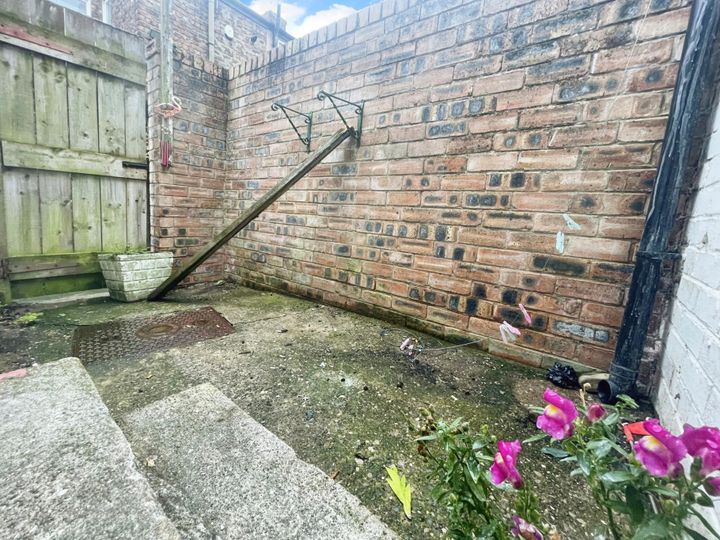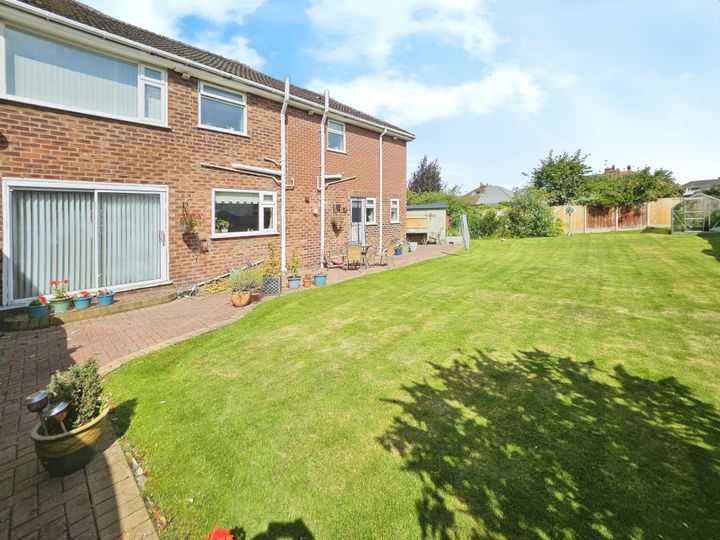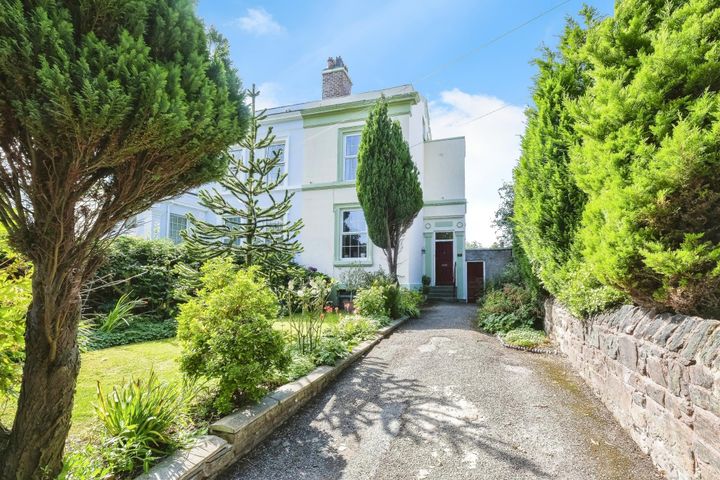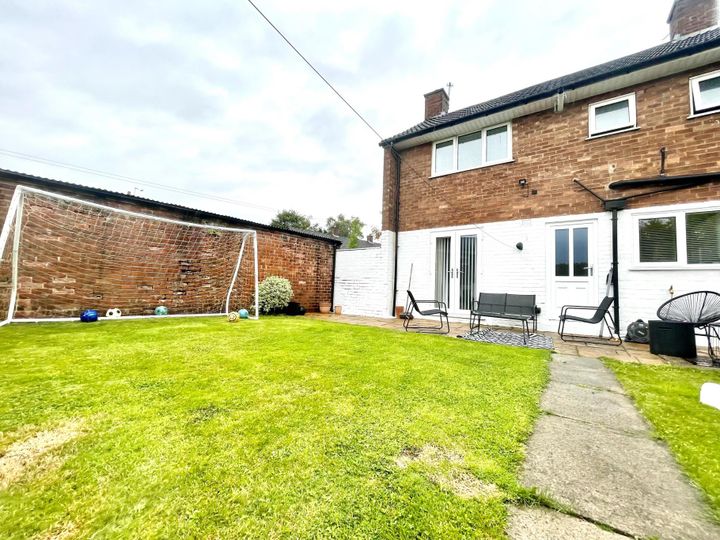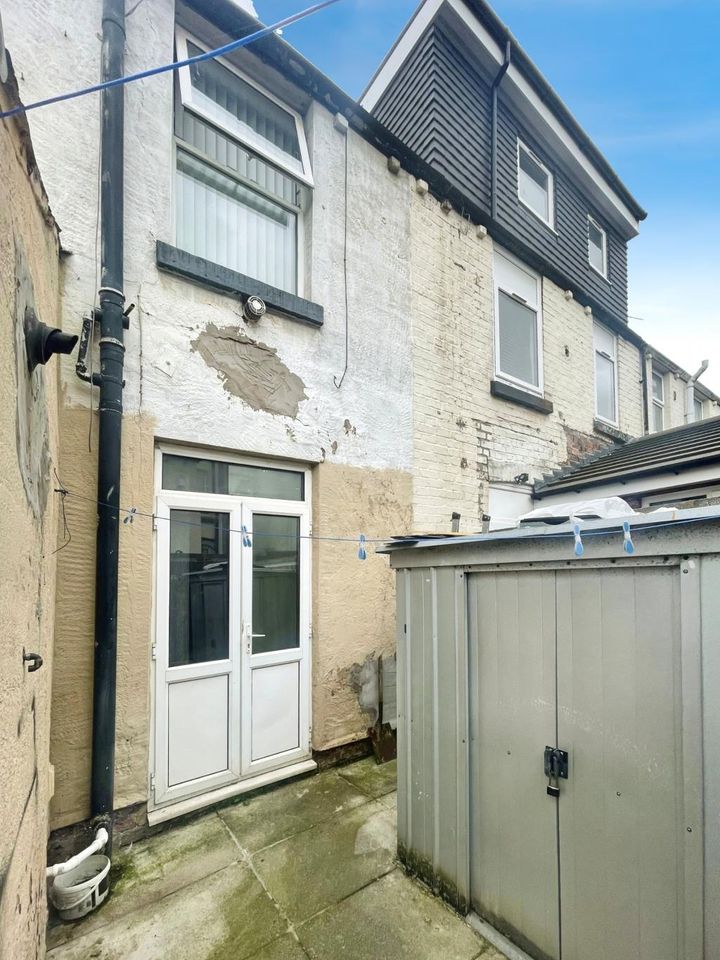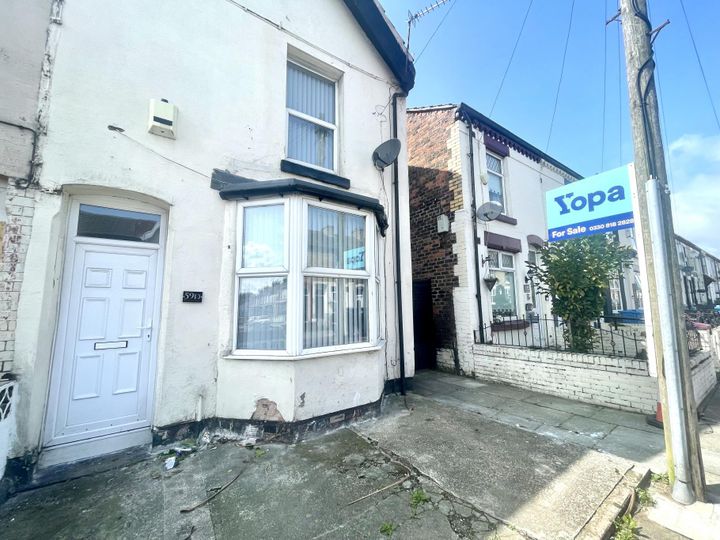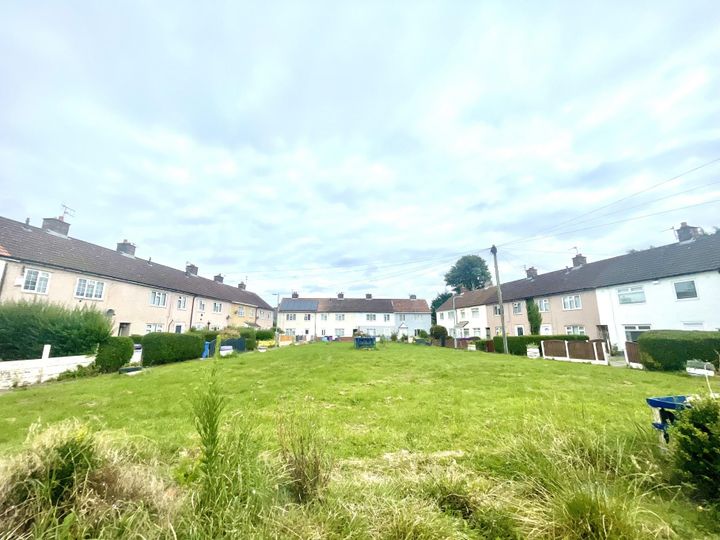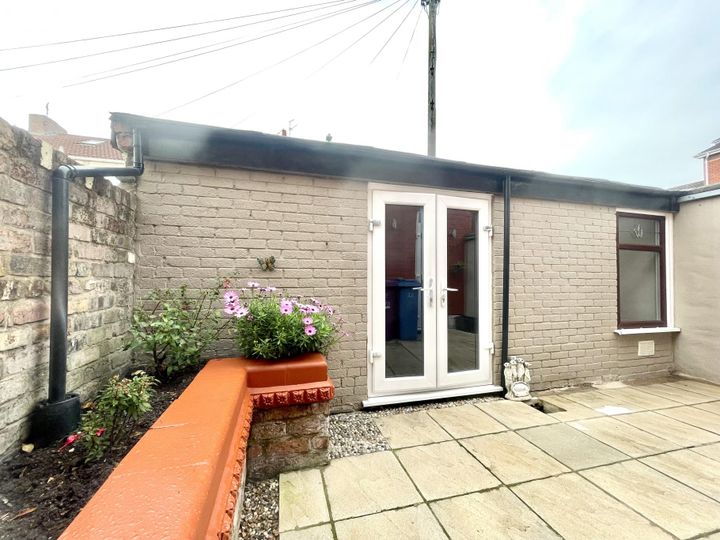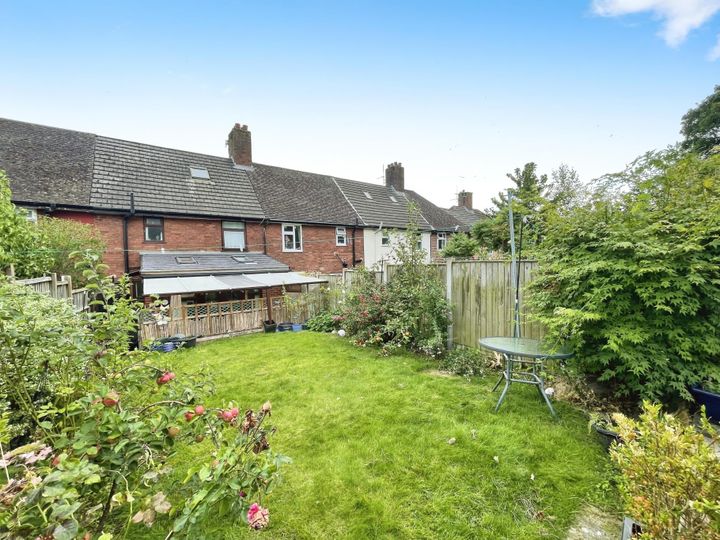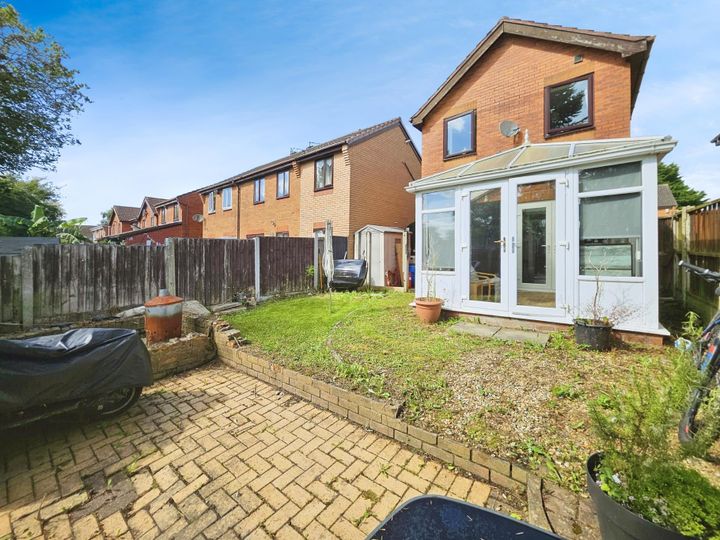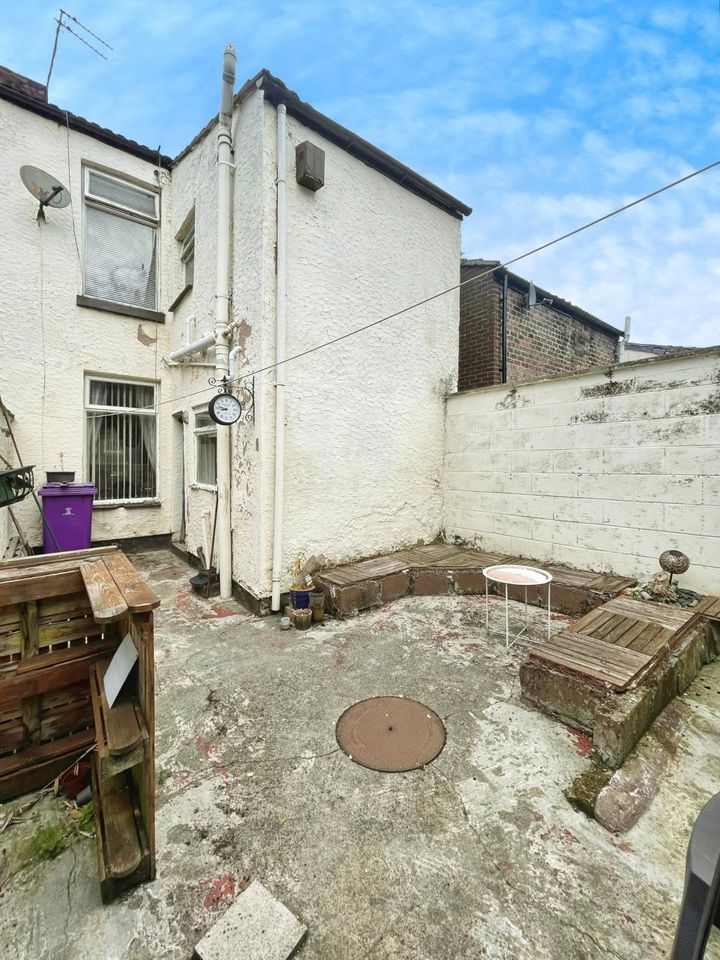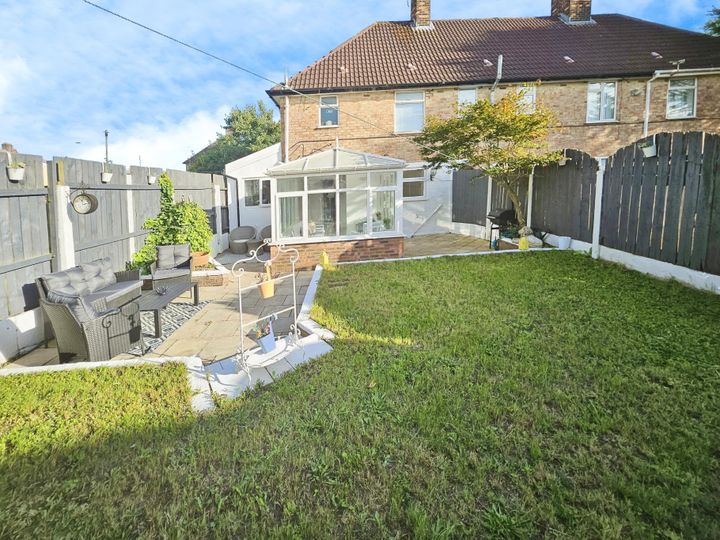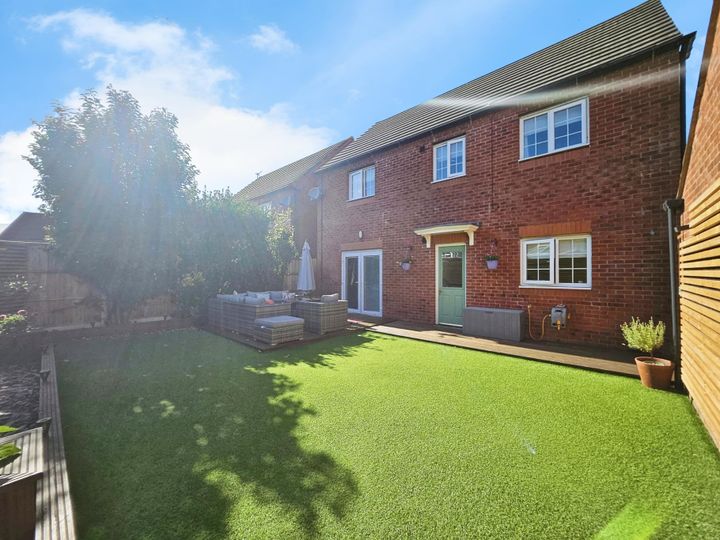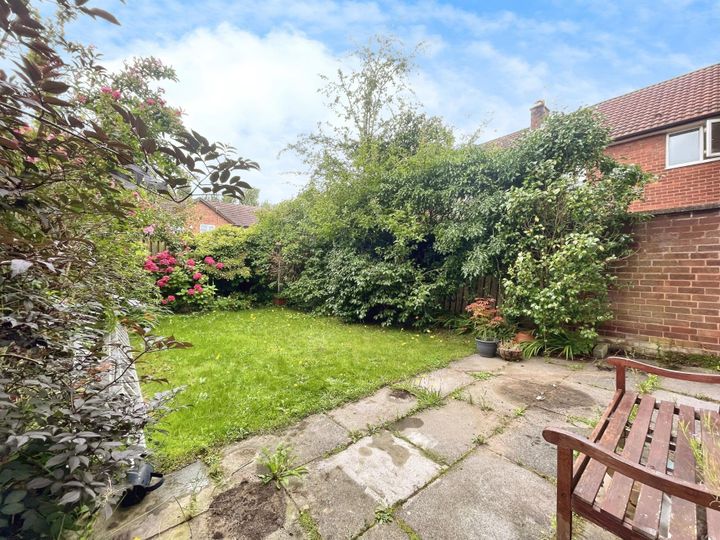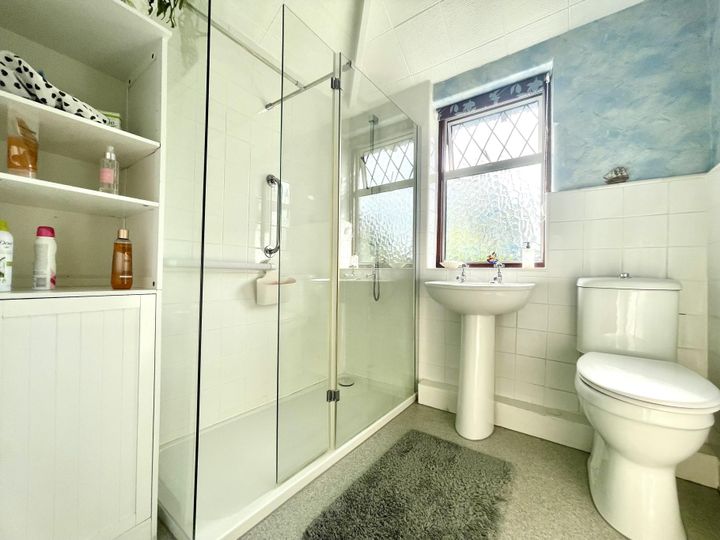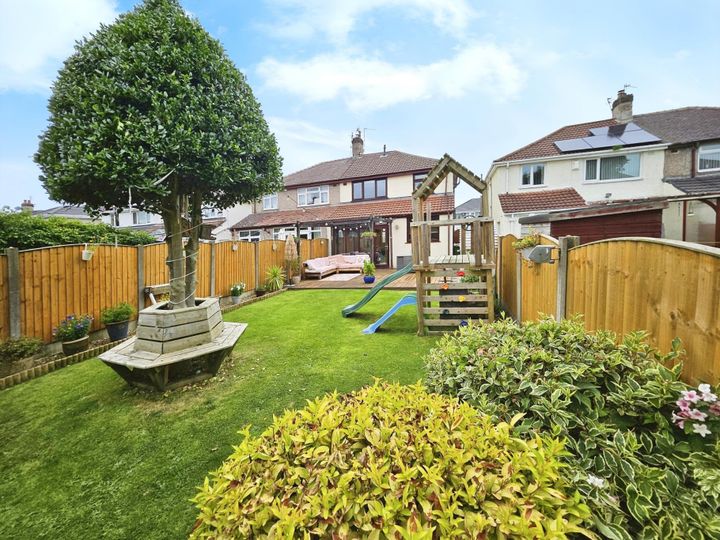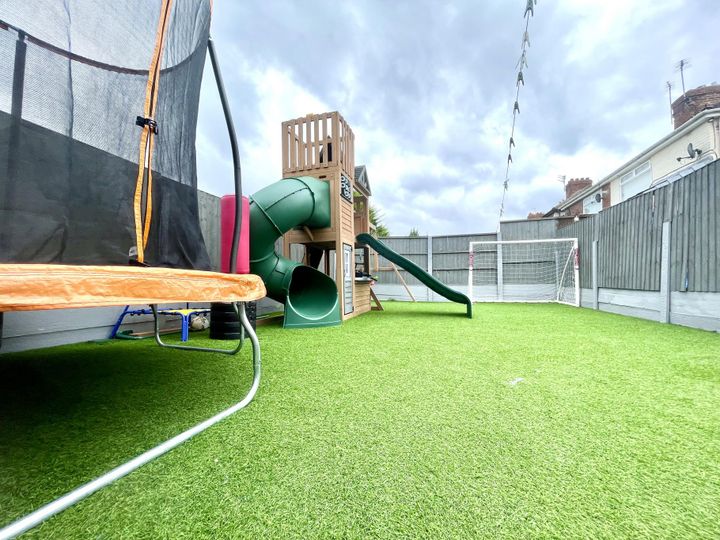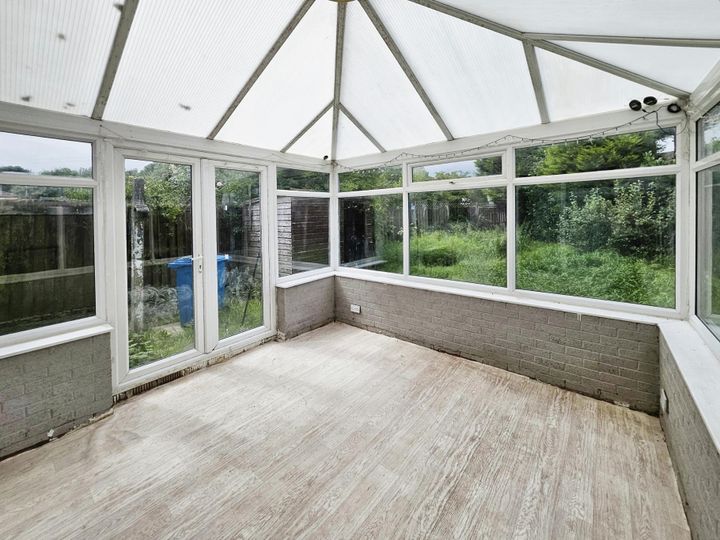Several factors influence real estate prices in Liverpool, with one of the most significant being location. Neighborhoods like Liverpool City Centre, known for its amenities and vibrant culture, tend to command higher prices than areas further from the center. Economic developments, such as the regeneration of docklands and the growth of the knowledge economy, also play a crucial role; for example, projects like the Liverpool Waters scheme have the potential to increase demand in waterfront areas. Additionally, transport links significantly impact property values; areas with easy access to trains and buses tend to be more desirable, driving up prices. Other considerations include the socio-economic profile of residents, with areas that attract young professionals typically experiencing higher price hikes. The condition of the housing stock, local schools, and crime rates can also affect buyer perceptions and, consequently, property values, as seen in neighborhoods like Allerton, where families are drawn to higher-rated schools and safer environments.
Liverpool
Location
Price Range
Any price
Price Range
Minimum
No min
Maximum
No max
Property type
Show all
Property type
Show all
House
Apartment
Building
Other
Bedrooms
Any beds
Bedrooms
Minimum
No min
Maximum
No max
Surface Range
Any surface
Surface Range
Minimum
No min
Maximum
No max
Sale type
For sale
Sale type
Show all
To rent
For sale
Location
Apartments and houses for sale in Liverpool
96 results
Recent
Liverpool insights
| Aspect | Summary |
|---|---|
| Population | 498,042 |
| Average Property Price | £200,000 |
| Rental Yield | 6.5% |
| Average Rent | £1,300/month |
| Occupancy Rate | 92% |
| Capital Growth Rate | 4.5% per annum |
| Property Tax | £1,200 annually |
| Transaction Costs | 3-5% of property price |
| Expected ROI | 7.5% |
| Economic Growth Impact | Positive, driven by investment in infrastructure and education |
Liverpool FAQ
What factors affect real estate prices in Liverpool?
How have property prices in Liverpool changed over the past year?
Over the past year, property prices in Liverpool have experienced a notable increase, driven by a combination of high demand and limited supply. The average house price rose from approximately £190,000 to around £210,000, reflecting a growth of about 10%. Areas like the Baltic Triangle have seen significant interest, with some properties selling for over £200,000, largely due to their proximity to amenities and vibrant cultural scenes. Additionally, neighborhoods such as Anfield and Wavertree reported similar trends, where refurbished homes fetched premium prices, highlighting the ongoing gentrification of these districts. The rental market has also seen a surge, with average rents climbing by around 8%, putting pressure on prospective tenants as investors capitalize on the city's growing appeal.
What is the average property price in Liverpool?
As of late 2023, the average property price in Liverpool stands at approximately £170,000. This figure can vary significantly across different neighborhoods. For instance, areas like the city center and waterfront have seen higher values, with apartments often exceeding £200,000, while suburbs like Walton and Anfield generally feature lower prices, averaging around £130,000. The historic areas, such as Woolton, can command prices nearing £300,000 for detached family homes. Meanwhile, regions undergoing regeneration, such as L8 and parts of Everton, offer more affordable housing options, sometimes in the range of £100,000 to £120,000. The Liverpool housing market reflects a diverse landscape, catering to a wide range of budgets and preferences.
Are housing prices in Liverpool higher in certain areas?
Housing prices in Liverpool indeed vary significantly by area, reflecting a range of socioeconomic factors and local amenities. For instance, neighborhoods like the Baltic Triangle and Ropewalks have seen considerable investment and gentrification, leading to higher property values driven by their proximity to vibrant cultural scenes and nightlife. In contrast, more suburban areas like Croxteth and Norris Green typically boast lower prices, appealing to families looking for affordability. Areas such as Aigburth and Allerton are also priced higher, with large Victorian homes and good schools attracting buyers willing to invest for a better quality of life. Meanwhile, waterfront properties in locations like the Albert Dock command premium prices due to their scenic views and tourism appeal.
How does Liverpool's property market compare to other UK cities?
Liverpool's property market has experienced notable fluctuations compared to other UK cities, characterized by relatively lower house prices and a higher rental yield. As of late 2023, the average property price in Liverpool hovers around £200,000, significantly lower than cities like London, where the average exceeds £500,000. The rental market in Liverpool remains robust, with yields often exceeding 7%, particularly in areas like L1 and L7, where demand from students and young professionals is high. In contrast, cities such as Manchester, while also affordable, see average prices around £250,000 and lower rental yields in certain neighborhoods. Additionally, Liverpool benefits from ongoing regeneration projects, such as the Liverpool Waters development, which aims to rejuvenate waterfront areas, potentially driving future price growth. Meanwhile, areas like Birmingham and Leeds have seen rapid price increases fueled by large corporate investments and infrastructure improvements.
What are the predictions for future real estate prices in Liverpool?
Predictions for future real estate prices in Liverpool indicate a mixed outlook, driven by various economic and demographic factors. As of late 2023, the city has seen a resurgence in investment, particularly in the residential sector, spurred by initiatives like the Liverpool City Region's economic strategy, which aims to enhance local infrastructure and attract businesses. A key factor influencing price trends is the ongoing development of the £1 billion Liverpool Waters project, which is set to transform waterfront properties, potentially increasing demand and raising prices in that area. Additionally, the recent influx of students and young professionals, attracted by the expanding universities and tech startups, could drive up rental prices, particularly in neighborhoods like Baltic Triangle and Ropewalks. However, rising interest rates and broader economic uncertainties may temper price growth, leading to fluctuations rather than a consistent upward trajectory.
What type of properties tend to have the highest prices in Liverpool?
In Liverpool, properties that tend to have the highest prices are often found in affluent areas such as the city center, the waterfront, and neighborhoods like Woolton and Allerton. Luxurious waterfront apartments with stunning views of the River Mersey, like those in The Pier Head, frequently command premium prices due to their location and amenities. Victorian and Edwardian detached homes in Woolton, known for their spacious gardens and period features, also fetch higher market values, attracting families and professionals seeking upscale living. The Baltic Triangle, with its trendy loft apartments and modern developments, has seen significant investment, which has driven up property prices in recent years. Additionally, properties within proximity to renowned schools and parks, such as Sefton Park, are highly sought after, contributing to their elevated market rates.


